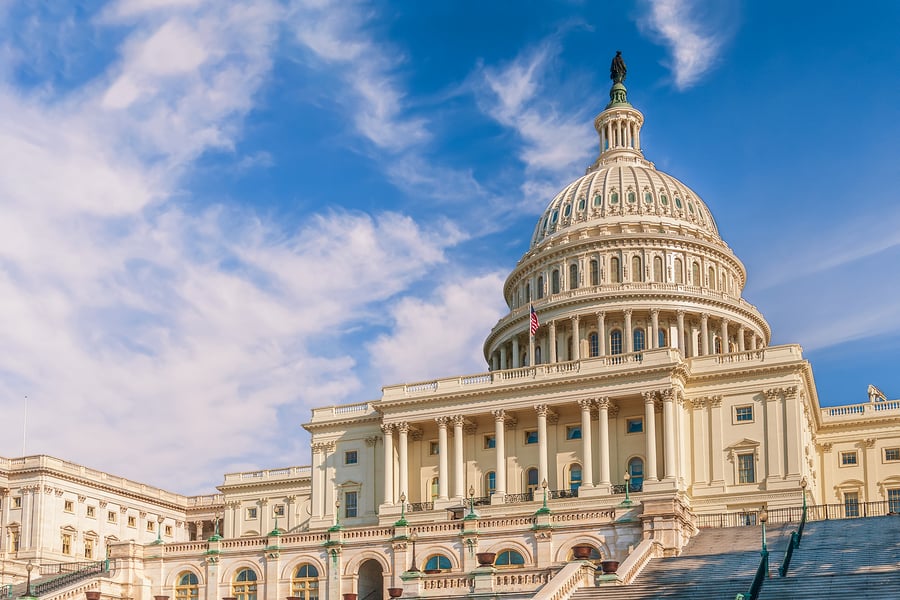Biden Promises To Take California’s “Green” Blackouts Nationwide
California prides itself on being at the forefront of the so-called energy transition, having set its first renewable portfolio standard in 2002, requiring 20 percent of its electricity to come from renewables by 2010. In 2008, California increased the state’s renewable portfolio standard to 33 percent by 2020, followed by SB 350, which in 2015 increased the standard to 50 percent by 2030. Then, in 2018, SB 100 accelerated the state’s renewable portfolio standard to 60 percent by 2030, and required that the next 40 percent of generation come from zero-carbon sources (e.g., wind, solar, geothermal, and hydropower) of electricity by 2045. California has retired most of its nuclear plants with only the Diablo Canyon nuclear plant left, which is scheduled to retire by 2025. The Diablo Canyon nuclear plant currently provides 8 percent of California’s electricity—all of it carbon dioxide emission-free. California has clearly shown it does not welcome nuclear, which currently cannot compete economically with natural gas, wind, or solar.
California’s reckless march into renewable energy has proven feckless. Its policies caused rolling black-outs in the August 2020 heat wave because when solar energy production dies down in the evening and when residents turn up their air conditioning and other appliances as they arrive home, there has recently been insufficient capacity to meet demand. California has been prematurely retiring reliable natural gas and nuclear plants in favor of renewable energy, particularly solar power, causing load capability to be diminished when the sun sets. In fact, the state has built so much solar that at times during midday, some of the solar power cannot be used and grid operators have to pay people to take it. Normally, when the state has insufficient power toward evening, it buys extra power from neighboring states, where it gets 15 percent of its power, but because of the regional nature of the heat wave, those states did not have excess power to bail out California from its self-imposed electricity problems.
California Alternatives
Over the August 15 to 16 weekend, the California Independent System Operator imported hydropower from the Pacific Northwest, and the U.S. Bureau of Reclamation released emergency water flows from the Glen Canyon Dam on the Colorado River to generate hydroelectricity. Reservoirs were relatively full after a somewhat wet winter. Los Angeles’s Department of Water and Power also supplied power, obtaining almost 20 percent of its electricity from out-of-state coal.
Governor Newsom waived the state’s emissions standards to allow businesses and utilities to run on-site fossil-fuel generators, many procured for emergency power outages during wildfire seasons, which also helped to deflect rolling blackouts. This meant Californians had to live with more localized pollution because of a breakdown in the system sold to residents as the answer to global climate change. To ward off similar events in the future, the Public Utilities Commission directed utilities to triple their battery storage for electricity by 2026, which is expensive, but also insufficient to replace the natural gas and nuclear retirements expected in the interim.
The capital costs of including a battery system with a solar plant is over twice as expensive as a new natural-gas plant. Further, batteries need to be replaced every 10 years or so and disposing of their toxic metals is expensive. Their capacity to provide electricity is also short-lived, unless multiple utility scale storage projects are built. The longer the period of backup, the higher the capacity of the batteries needs to be – and thus the cost. These additional costs are the price of doing business with intermittent energy sources, and they are paid for by homeowners and businesses.
Conclusion
Analysis indicates that California has shut down about 5,000 megawatts of natural gas-fired power plants without adequate replacements. Even though state officials extended operations in the past year of some natural gas units to keep them on hand for emergencies, grid operators admitted that it was insufficient for the recent heat wave. Despite some studies showing high levels of renewables are feasible, particularly with more storage, experts indicate that the changes needed in grid operations will be enormous—essentially a complete redesign of the power sector—if one is pursuing a 100 percent “clean energy” standard as Mr. Biden is doing. Even the National Renewable Energy Laboratory concluded in a recent study that “integrating high shares of wind power is technically achievable but will require changes to operating practices.”
A prudent policy would be to “push the pause button” before more reliability and cost issues result for California’s suffering consumers. Yet, at a national level, Democratic Party presidential candidate Joe Biden has touted a similar system for the entire United States. Given California’s recent experience, such a policy looks less and less like a “Green New Deal,” and more and more like a “Great Leap Backward.”
*This article was originally published by the Institute for Energy Research.
For more information on these issues check out AEA’s Vote Energy 2020 election hub.


